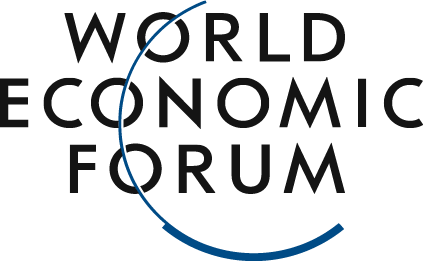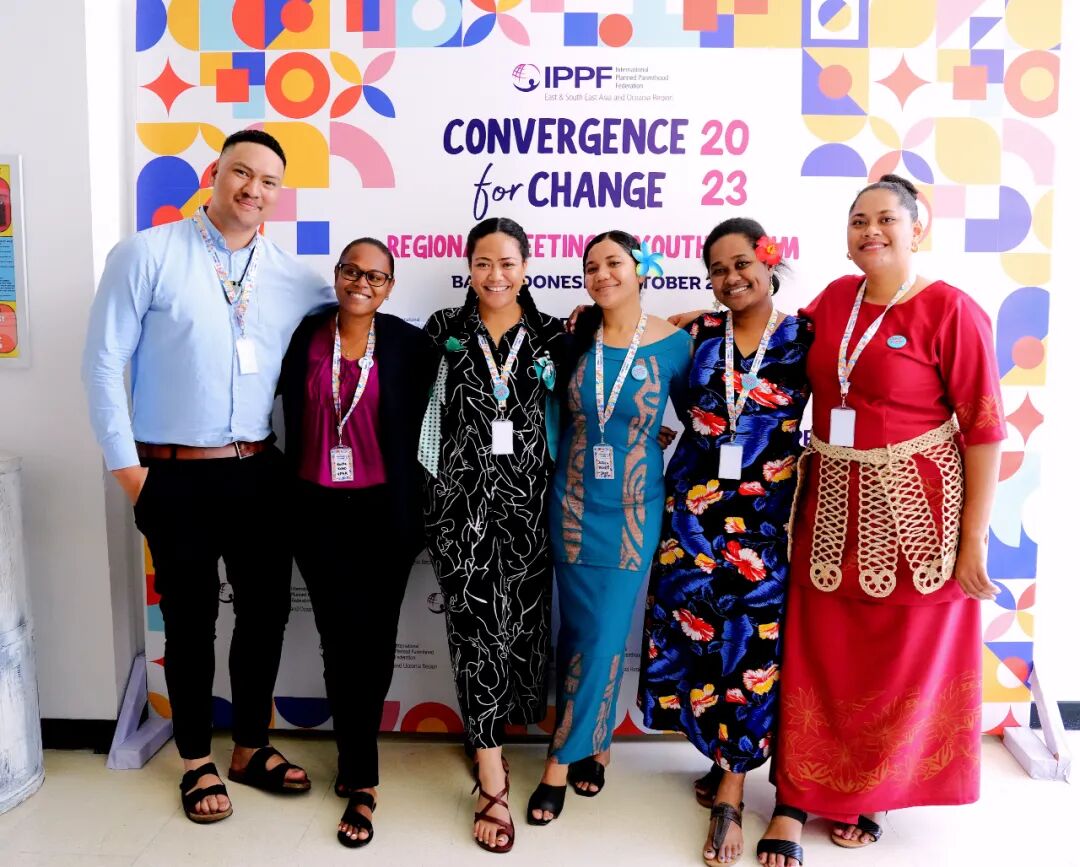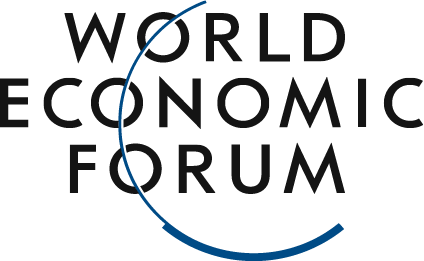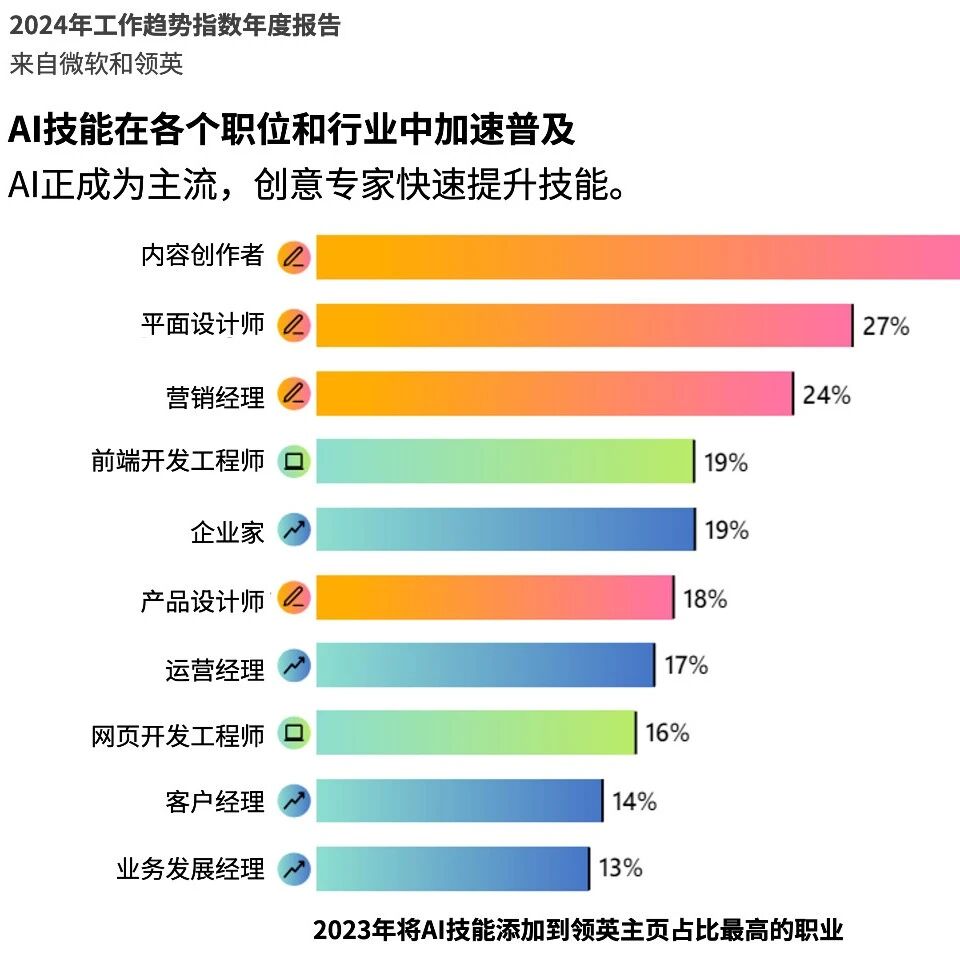Addressing adolescent pregnancy can improve health and well-being, while also contributing to broader socioeconomic development.
Image source:iStockphoto/DisobeyArt
Tomoko Fukuda
Director for East Asia, Southeast Asia, and Oceania at the International Planned Parenthood Federation
Andreas Daugaard Jørgensen
PositionOgannon Senior Vice President
Cluster Management Director for South Asia, East Asia, and Southeast Asia
Pregnancy can have a profound impact on the health and well-being of young girls, while also posing obstacles to broader socio-economic development.
The Asia-Pacific region is home to about two-thirds of the world's youth, and adolescents urgently need improved sexual and reproductive health services and education.
Reducing unintended pregnancies among adolescents in the region can significantly improve both health and economic outcomes—but achieving this goal requires unwavering collaboration and sustained investment.
The Asia-Pacific region is home to more than 60% of the world's adolescents. As the adolescent population continues to grow, the issue of teenage pregnancy is becoming increasingly urgent.This region sees as many as 3.9 million cases of unintended teenage pregnancies each year, triggering a massive and severely underestimated ripple effect. For millions of girls, pregnancy limits their access to education and employment opportunities, thereby hindering their long-term economic advancement. Given that teenage pregnancy rates tend to be higher among girls with lower levels of education or socioeconomic status, this also perpetuates the cycle of poverty and inequality in low- and middle-income countries.For young girls in developing countries, pregnancy can have serious implications for their health. In the Asia-Pacific region, 43% of the millions of adolescent pregnancies are unintended. Each year, an estimated 3.6 million women undergo unsafe abortions. Meanwhile, pregnancy- and childbirth-related complications remain the leading cause of death among teenage girls.The most vulnerable women and girls urgently need access to essential reproductive health care and education. Yet across Asia and the Pacific, as many as one-third (34 million) of women aged 15–24 lack access to modern contraceptive methods that meet their family planning needs. According to data from UNFPA, the United Nations agency for sexual and reproductive health, fewer than one in four sexually active adolescents are currently using modern contraception. The report also reveals:- Fewer than 35% of young people have received sexual and reproductive health information at school.
- Currently, no country in the region offers comprehensive sexuality education as part of the school curriculum that meets international standards.
- More than half of adolescent girls report encountering at least one significant issue when accessing healthcare.
Girls who drop out of school due to pregnancy also face profound economic consequences. Humanitarian organization Plan International estimates that ensuring all girls complete secondary education by 2030 could boost developing countries' GDPs by an average of 10%.Investing in healthcare and education yields benefits that far outweigh the costs. The Guttmacher Institute, a research and policy-focused NGO, reports that for every additional dollar invested in contraceptive services, countries can expect to save $1.95 on maternal, newborn, and abortion care—primarily by reducing unintended pregnancies. Meanwhile, UNFPA estimates that by fully meeting unmet needs for contraception, low- and middle-income countries could cut their annual spending on abortions and post-abortion care by nearly half, from $2.8 billion to approximately $1.5 billion.Working together to address adolescent pregnancy.Changing health and economic outcomes by reducing adolescent pregnancies requires strong collaboration and investment. With this in mind, the International Planned Parenthood Federation, in partnership with the United Nations Population Fund, UNICEF, Plan International, and healthcare company Otsuka Pharmaceutical, hosted a two-day event in October 2023, bringing together over 100 young leaders and network members, government representatives, development organization partners, and private-sector stakeholders.Some young leaders attended the two-day event held in October 2023, organized jointly by the International Planned Parenthood Federation in collaboration with the United Nations Population Fund, UNICEF, Plan International, and the healthcare company Organon.Image source:International Planned Parenthood Federation
Participants discussed evidence-based approaches to addressing the issue of unintended pregnancies among adolescents in Southeast Asia. They identified gaps and opportunities for change, and proposed the following recommendations for immediate next steps:
- Governments should address the gender inequalities faced by girls by establishing comprehensive, multi-sectoral, rights-based policy frameworks that directly tackle health, social, and other underlying determinants. This approach will recognize the interconnected vulnerabilities girls experience in areas such as social, economic, sexual, and reproductive health.
- There is an urgent need to increase investment and strengthen the collection of data on sexual and reproductive health. This will help deepen our understanding of the causes of unintended pregnancies and their impact on the rights of women and girls. Such insights can inform the development of more sustainable policies and investment decisions, ultimately leading to positive outcomes.
- Adolescent sexual and reproductive health services must be integrated into universal health coverage programs. This should be incorporated into all relevant health policies, strategies, and initiatives that address the needs of young people, particularly girls.
- Girls deserve inclusive, high-quality education in a safe school environment. This should promote gender equality as part of comprehensive sexuality education, empowering girls to take initiative and make informed decisions.
Investment in sexual and reproductive healthThese transformations must be supported by strong partnerships and a society-wide approach. In 2022, the International Planned Parenthood Federation’s regional member associations and partners in East Asia, Southeast Asia, and Oceania delivered comprehensive health and reproductive health services—such as contraceptives—to 19.3 million people.These services are provided by a range of organizations, from static clinics to mobile clinics and community-based initiatives. By collaborating with grassroots organizations, the International Planned Parenthood Federation’s East Asia, Southeast Asia, and Oceania Regional Branch ensures that 3.6 million people— including women and girls—from the most vulnerable and marginalized communities have access to essential care.Ogano's "Her Promise Access Initiative" has already achieved nearly half of its goal: by 2030, providing affordable contraception to 100 million girls and women in low- and middle-income countries, thereby helping prevent approximately 120 million unintended pregnancies.It also launched the "Her Plan is Her Power" initiative in 2023, a $30 million program aimed at scaling efforts to empower women by championing and investing in community-driven solutions worldwide—particularly in emerging markets.Teenage unintended pregnancies have severe implications for health, society, and the economy. Systemic and structural barriers further complicate the situation, limiting access to modern contraceptive methods and denying women and girls control over their sexual and reproductive health.Public-private partnerships and collaboration between governments and advocacy groups are essential for driving change. For young girls in the Asia-Pacific region, we have a shared responsibility to foster cooperation, strengthen accountability, and work together to address adolescent pregnancy and its far-reaching consequences. These solutions must not only benefit the economy but also empower healthier outcomes and ultimately save lives.
The above content represents the author's personal views only.This article is translated from the World Economic Forum's Agenda blog; the Chinese version is for reference purposes only.Feel free to share this on WeChat Moments; please leave a comment below the post if you’d like to republish.
Translated by: Wu Yimeng | Edited by: Wang Can
The World Economic Forum is an independent and neutral platform dedicated to bringing together diverse perspectives to discuss critical global, regional, and industry-specific issues.
Follow us on Weibo, WeChat Video Accounts, Douyin, and Xiaohongshu!
"World Economic Forum"






